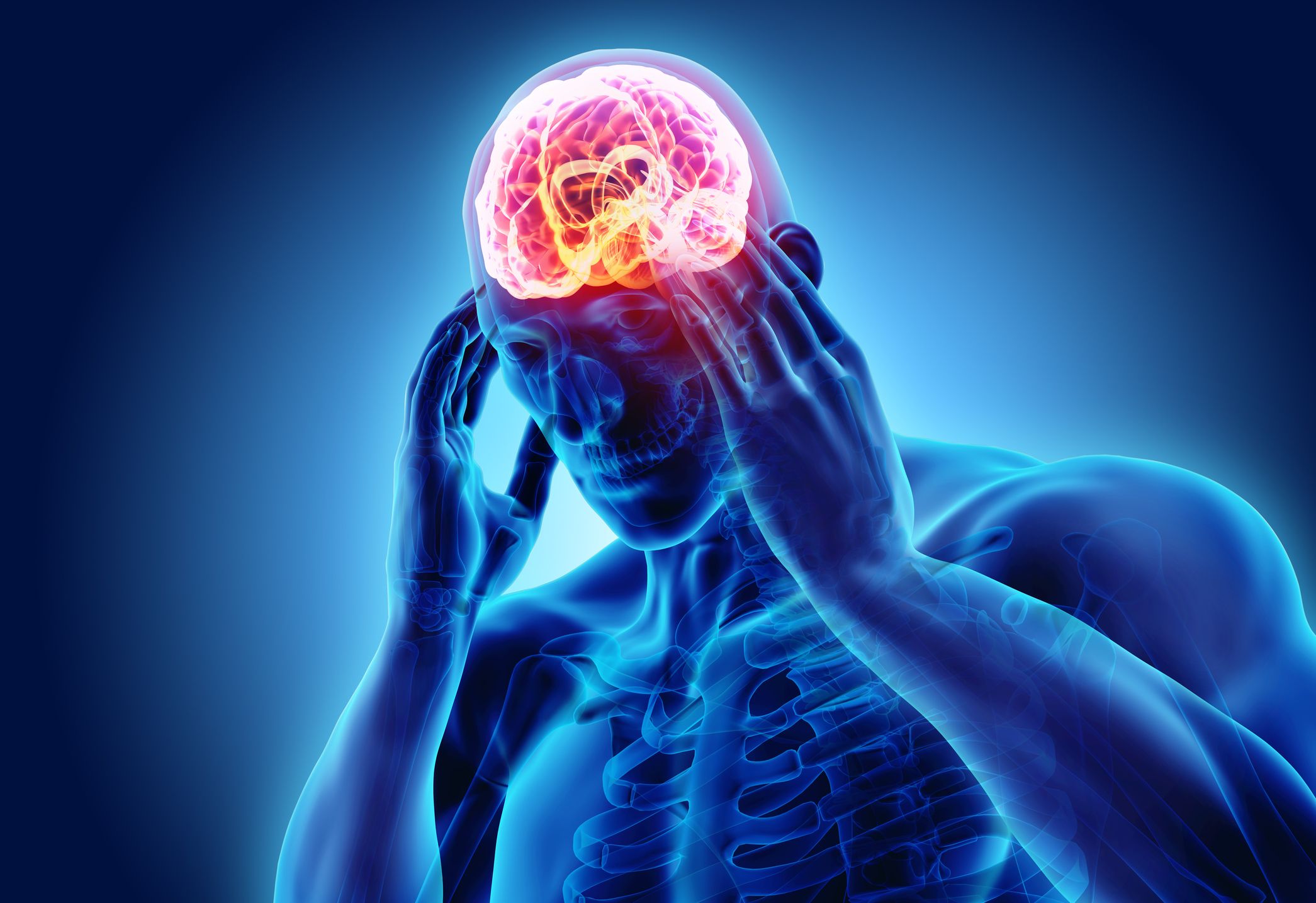Suffering from pain may be crippling, affecting all facets of life, from emotional stability to physical mobility. Millions of people worldwide suffer from chronic pain, which can lower quality of life, reduce productivity, and occasionally even cause despair. Fortunately, individuals suffering from chronic discomfort have hope thanks to innovative relief techniques. This article explores cutting-edge techniques and approaches meant to promote a pain-free life.
Knowing About Chronic Pain
It is important to recognize the complexities of chronic pain before delving into alleviation strategies. In contrast to acute pain, which usually results from a disease or injury and goes away as the body heals, chronic pain lasts long after the original cause has been addressed. It is frequently characterized by inflammation, injury to the nerves, or changes to the central nervous system’s pain processing pathways.
Mind-Body Link:
Understanding how the mind and body interact intricately is one of the core concepts of pain treatment. Anxiety, stress, and unfavorable feelings can intensify pain perception and start a painful cycle. Deep breathing techniques, progressive muscle relaxation, and mindfulness meditation are a few methods that can help release tension, encourage relaxation, and lessen the body’s sensitivity to pain signals.
Holistic Approaches:
Treating the full individual rather than simply their symptoms is the focus of holistic therapies. By treating underlying abnormalities that contribute to pain, therapies like massage therapy, chiropractic adjustments, and acupuncture work to restore harmony and balance within the body. These approaches support mental and emotional health in addition to physical treatment, promoting a feeling of vigor and wholeness.
Movement and Exercise:
Although it may seem contradictory to those who are in pain, doing the right exercises can help reduce symptoms and enhance function. Low-impact exercises that reduce stress on joints and muscles include yoga, tai chi, and swimming. They also improve flexibility, strength, and circulation. Additionally, frequent exercise triggers the body’s natural painkillers, endorphins, to be released, which makes one feel happy and content.
Nutrition and Supplements:
Foods and nutrients with anti-inflammatory qualities are important in the management of chronic pain. Reducing inflammation and easing pain can be achieved by incorporating a well-balanced diet full of fruits, vegetables, whole grains, and omega-3 fatty acids. Supplements like magnesium, turmeric, and ginger may also provide further help by focusing on particular pain perception pathways.
Technology-Assisted Therapies:
As a result of technological advancements, pain management has undergone a revolution, providing patients with cutting-edge options. Devices such as transcutaneous electrical nerve stimulation (TENS) block pain signals and provide momentary relief by delivering electrical impulses to nerve terminals. In a similar vein, wearable technology with biofeedback sensors tracks physiological variables and gives users the ability to control how they react to stress and pain.
Cognitive-Behavioral Therapy (CBT):
CBT is a type of psychotherapy that aims to alter painfully connected unfavorable thought patterns and behaviors. People can reduce the burden of pain in their daily lives by learning coping skills and addressing dysfunctional ideas. This will help them build more adaptive reactions to pain. In addition to addressing emotional issues like anxiety and depression, which frequently occur with chronic pain, CBT promotes resilience and enhances general wellbeing.
Drug-Related Interventions:
Pharmacotherapy is still a crucial part of treatment for many patients, even if non-pharmacological methods are recommended for long-term pain control. When taken carefully and under medical supervision, analgesic medications—such as opioids and nonsteroidal anti-inflammatory medicines (NSAIDs)—may offer momentary relief from moderate to severe pain. But because of their significant drawbacks and dependency danger, it’s crucial to look at alternative therapy wherever feasible.
Personalized Pain Management:
Since each person experiences pain differently, there is a need for tailored treatment plans. The finest results are frequently obtained through a multidisciplinary approach that incorporates many modalities customized to the needs and preferences of the client. Individuals can regain control over their life by creating all-encompassing pain management plans that address the psychological, social, and physical components of their disease by collaborating with healthcare experts.
In conclusion,
Although managing chronic pain might be difficult, it doesn’t have to define a person’s life. People can reclaim their joy and vigor and improve their quality of life by using breakthrough treatment approaches. Pain-free life becomes a reality by adopting holistic methods, encouraging the mind-body connection, and utilizing contemporary technologies. People can start on a path to a better, pain-free future if they are persistent, have support, and are open to trying new things.




